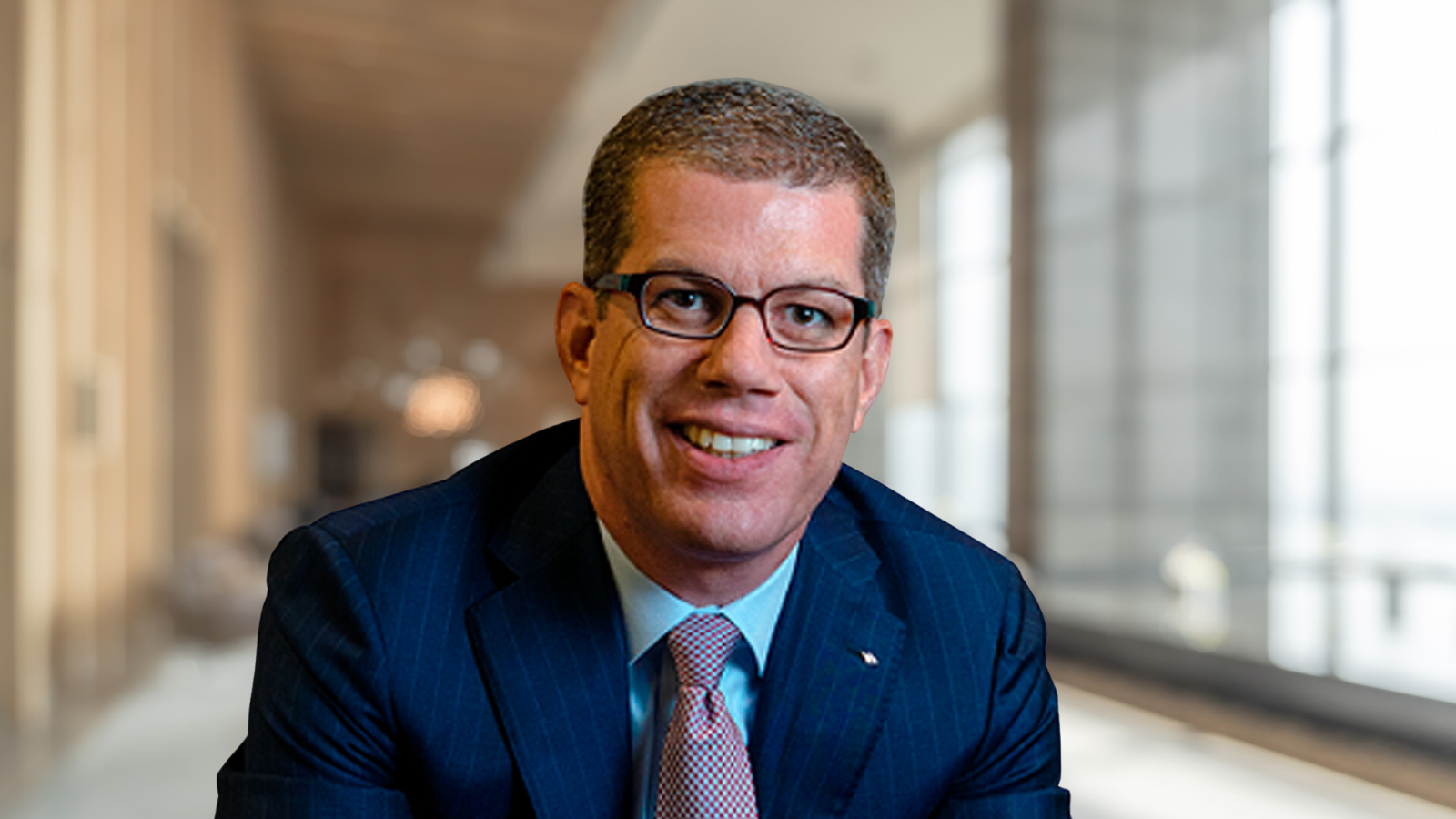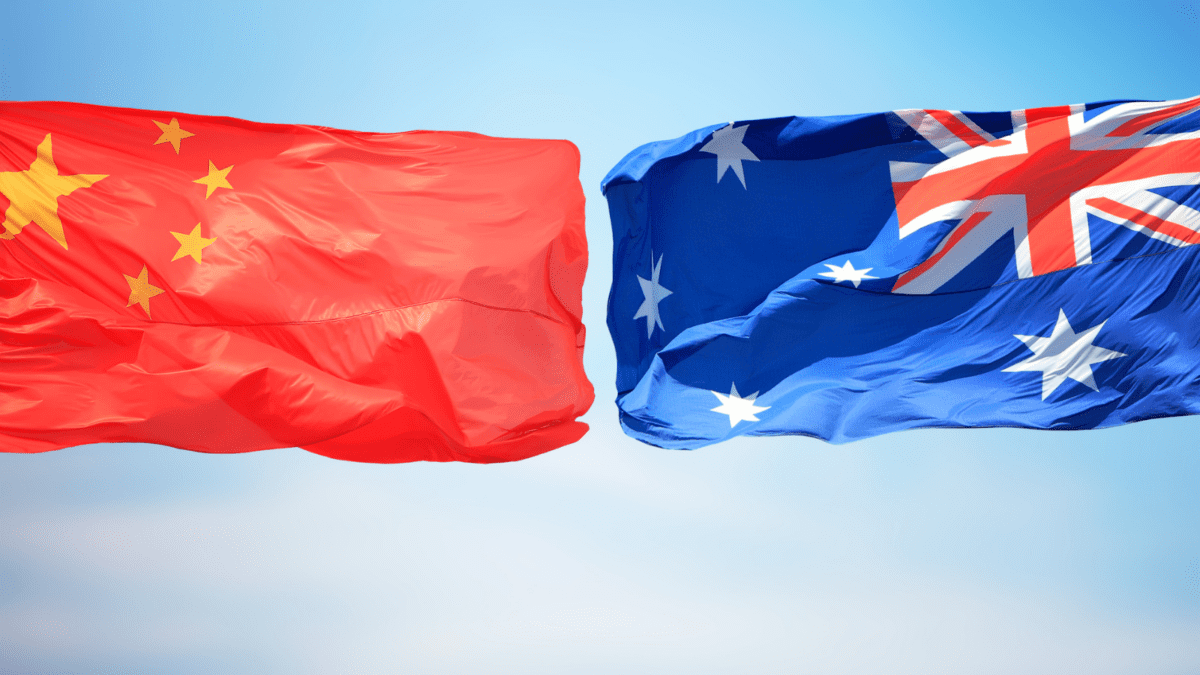Investors turn to currency-hedged options as AUD rises
In recent years, Australians have invested a greater proportion of their portfolios in international assets, exposing the value of their investments to currency volatility as movements in the Australian dollar can either erode or enhance the value of an international investment.
Any rise in the Australian dollar diminishes returns when assets are converted into the local currency. If, for example, the Australian dollar rose by 10 per cent against the US dollar, the value of an investor’s holdings in the US would fall by 10 per cent. Any fall helps investors as it magnifies gains when assets are converted back into local dollars.
Currency hedging removes this foreign currency exposure and the risk that a higher Australian dollar, which many economists expect this year, will erode the value of international investments.
Westpac senior currency market strategist Sean Callow expects the Aussie dollar to be lifted by further interest rate rises from the Reserve Bank of Australia this year and an improving growth outlook for Australia as the Chinese economy opens up. Callow expects the cash rate to peak at 3.85 per cent this year, with three more 25-basis-point rate rises in the first half, which would place more upward pressure on Australian dollar.
“Beijing’s retreat from its COVID-zero policy is being viewed by the market as broadly positive for Asia’s largest economy,” Callow said. “It has improved the prospects for Australian commodity prices and investor perceptions of the Australian dollar, so if that remains the case it may be that our year-end forecast of 74 cents (against the U.S. dollar) may be a bit conservative.”
National Australia Bank also sees the local currency stronger this year, rising to 78 US cents by December this year and to 80 cents in 2024, while AMP senior economist Diana Mousina says the currency will likely rise to a peak of 75 US cents this year from its current level around 71 cents, which is a sharp rise from its low around 62 US cents in October 2022.
Mitigating risk
Currency-hedged funds aim to remove foreign currency exposure on international investments, so the returns reflect the change in the underlying value of an investment. In contrast, the return on an unhedged investment will be equal to the return on the foreign assets and movements in the foreign currency relative to the Australian dollar over the investment period.
Some investors are taking a bet each way and buying into both hedged and unhedged international share funds, according to Minh Tieu, Vanguard’s head of ETF capital markets, Asia-Pacific.
“For investors looking to mitigate the downside risks, currency hedging is generally considered a form of insurance as it allows investors to minimise the impact future currency fluctuations can have on their international investments,” Tieu said. “By effectively locking in an exchange rate, investors can lessen the variability of their future returns.”
In 2022, the Vanguard MSCI Index International Shares Hedged ETF was the third most popular Vanguard ETF in terms of investor flows, following the unhedged version of the same fund, according to Tieu. The hedged version attracted more flows during the fourth quarter.
“In the fourth quarter of 2022, we also saw an uptick in flows into our Global Aggregate Bond Index Hedged ETF,” Tieu said.
A similar story played out with Betashares’ hedged gold ETF. With the recent rally in gold prices, investors switched their gold exposure to Betashares Gold Bullion ETF (QAU), which is currency hedged, away from the hedged version of the fund, according to Alistair Mills, director of institutional business and capital markets at Betashares.
“Over the final quarter of 2022, there was $117 million in inflows into QAU, while at the same time, unhedged gold ETFs saw outflows of nearly $200 million,” Mills said.
“While the flow numbers still favour unhedged exposure over the longer term, there is more money moving towards currency-hedged versions of ETFs given recent volatility in currency markets,” he said.
While hedged investments are becoming more popular, investors’ decision to hedge or not to hedge should ultimately depend on their risk tolerance and individual preferences, apart from any views they have on the currency, according to Tieu.
“Foreign exchange rates are notoriously difficult to predict, and the value of the Australian dollar can be affected by a lot of different factors, so using hedging as a way to generate returns can be unfruitful. For investors looking to employ a hedging strategy, ETFs are a cost-effective way to do so.”
Over the long run, currency risks even out – what goes up must come eventually down – and that is especially true of currencies that move in cycles. Given that currency volatility is smoothed out over the long run, there could be less reason to hedge currency movements than is the case with a short-term investment.









